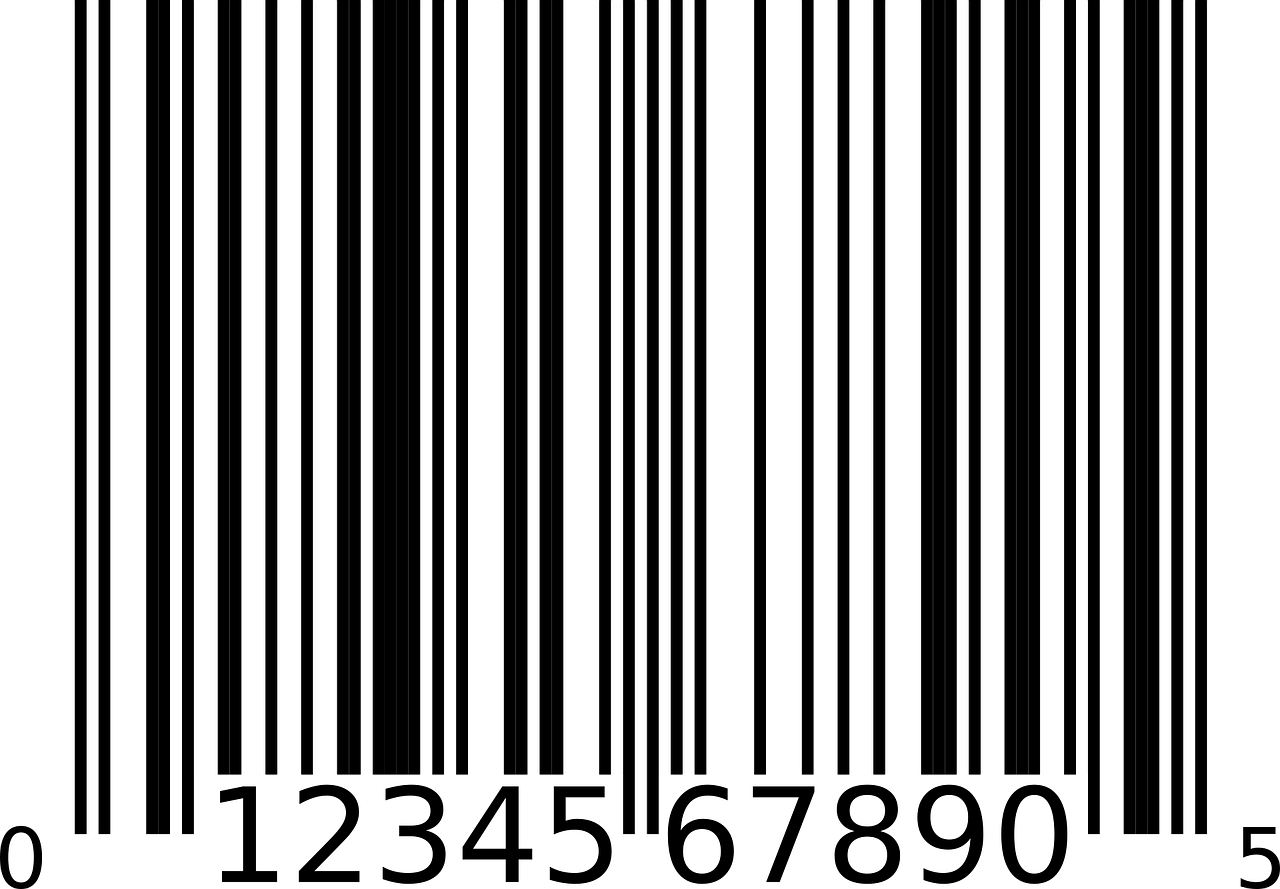
As a result of a new regulation issued by the Food and Drug Administration, device manufacturers will be required to have a unique identifier for any device that they wish to market in the United States.
The law is already in effect for many Class III devices, and more devices will be required to have these identifiers over the next several years.
Therefore, pharmaceutical executives should understand the new regulation and how to comply with it.
The Unique Device Identifier and the Global Unique Identifier Database
As part of the legislation, the United States government is creating a unique device identifier system and a database containing information on devices with these identifiers.
The unique device identifier will consist of both a device identifier and a production identifier. A device identifier is mandatory and identifies the labeler, the version, and the model of the device.
The production identifier can vary and include at least one of the following: the lot or batch number, the date of manufacture, the expiration date, or the serial number.
If the device is a product derived from cells or tissues, the production identifier may also need to be included. The unique device identifier should be affixed to each version or model of device and to the packaging and labeling.
Information on these devices must also be entered into a Global Unique Identifier Database. This database will provide a standard set of identifying elements for each device. All devices marketed in the United States must be entered into the system.
Want to learn more about Unique Device Identifiers and the Global Identifier Database? Grab our free whitepaper: Unique Device Identifiers and the Global Unique Identifier Database
